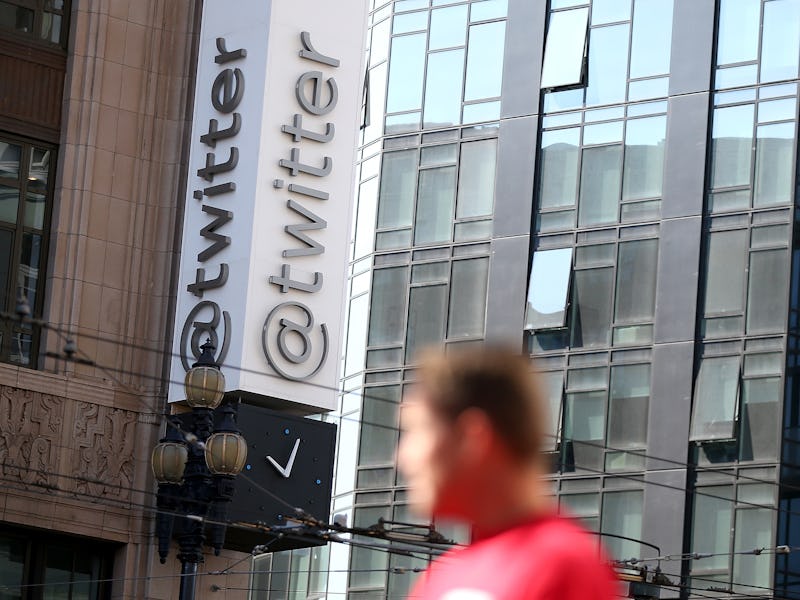Twitter's Likes Are Mostly to Make Twitter Look Busy
Twitter's investors will keep forcing the company to try and fix things that aren't broken.

Pink hearts! Yellow stars! Blue arrows! Green … uhrm … recycling-type symbols! Today, Twitter users awoke to find their favorite social networking site had gone full-on Lucky Charms with the replacement of the yellow star “favorite” button, with a new red heart “like” system.
The company is spinning the change as a way to recontextualize the user experience to make it less analytical and more emotional, in the vein of Facebook. But make no mistake, the new red heart is basically a Twitter engineer’s version of busy work; something to hold up at the next shareholders meeting and say “See, look at all the shiny new new stuffs we did! Such innovation, much shiny, so WOW!”
If anything, users are being penalized by shareholders for Twitter getting their product right the first time around. For (most) purposes, Twitter, as a social media network, did exactly what it was supposed to do long before the company went public back in 2014; it’s a 140-character micro-blogging service that acts as part messenger, part information aggregator. One of the endearing qualities for long time Twitter users is that Twitter is specifically NOT Facebook. Inversely, there aren’t too many Facebook-only users that will flock to Twitter on the strength of a new “Like” button (when news of the change finally hits their feeds around Thanksgiving, that is).
The early successes of Twitter as a product have created a familiar tech industry trap of unattainable expectations for Twitter the company. Nobody is dumping $2.8 Billion into a product for “business as usual.” Even when you have a relatively finished product, that level of investment is based on the potential of all the cool new shit you’re going to do, rather than fine-tuning the solid work you’ve already done. “Innovation” becomes a buzzword for “change for the sake of change,” while the threat of “stagnation” dictates that if you can’t make something better, you’d damn well try to make it different or start looking for another job.
A week ago, after Twitter announced a lower-than-expected revenue forecast, the shares dropped 11 percent. After this morning’s edition of the exploding hearts, the shares were up almost 2 percent by lunch. Hardly a game-changer, but it’s a necessary play that gives management a bit of breathing room. Apparently turning Twitter’s user interface into a cereal box is a great way to prove to investors their coin is going to more than just refurbishing log cabins in the cafeteria.
Much like every other “improvement” Twitter has introduced since going public, the new “like” system has very little to do with the users, existing or prospective. Arguably if Twitter were as focused on user feedback as it is afraid of angry investors, for each poll feature or fancy new button there would be added protections designed to keep users safe from harassment and abuse. Sadly, security tools are specifically not very shiny or sexy, so continue to expect more of the same bells and whistles to designed to placate shareholders.
Anyone that has spent any amount of time in tech knows that refinements to appease investors are an unenviable, inevitable task. Twitter O.G.s will give the new button a very public side-eye for the next month, yet it’s a safe bet that none of us logged in this morning and said, “Well, fuck all this noise. I’m outta here!” When you have a product that already does its job, you have to invent ways to justify your existence to the folks supplying the lucre, without breaking the things that never needed fixing in the first place. Only time will tell how long Twitter can continue to walk that tightrope, before it “improves” itself right out of its existing user base.